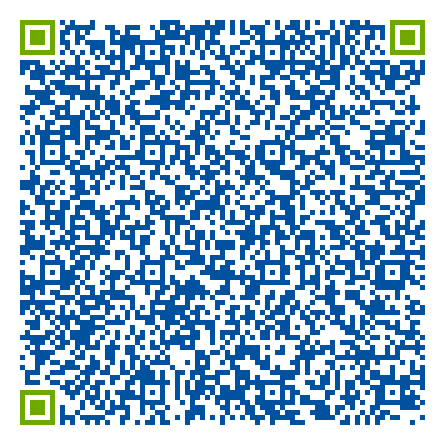Part-based recognition of 3-D objects with application to shape modeling in hearing aid manufacturing
- Datum
- 19.04.2012
- Zeit
- 11:10 - 12:10
- Sprecher
- Dipl.-Inf. Alexander Zouhar
- Sprache
- en
- Hauptthema
- Informatik
- Andere Themen
- Informatik
- Beschreibung
- Object understanding and interpretation are tightly coupled to the principle of compositionality. It states that the meaning of a complex pattern is determined by the meanings of its constituent parts and the rules used to combine them. Digital hearing aid (HA) manufacturing is an example application where the recognition of the compositonal structure of a patient's outer ear anatomy does not only involve geometrical cues of an object (an object is represented as a 3-D surface mesh) but is also governed by higher level constraints of the underlying manufacturing process. Existing shape analysis algorithms often attempt to recognize the part structure of a single input mesh by means of low-level geometrical cues, e.g., ridges of high curvature. Domain knowledge is incorporated mainly through algorithm design where the parameters of such algorithms are tweaked manually. However, their performance degrades significantly when the object pattern deviates from the expected behavior. Inspired by the HA manufacturing domain we develop an object recognition method that segments and labels 3-D surface meshes of a particular category of objects with known part structure automatically. A conditional random field model is proposed by means of which the object constraints may be encoded in a principled way. Objects of the same (anatomical) category may exhibit a high degree of variability in shape. To this end object specific shape priors could be utilized to drive the segmentation and labeling towards a meaningful result. However, the nature of the shape variation of a category of objects may be unknown or difficult to model. An alternative strategy is to employ multiple, shape-specific labeling models of low complexity each of which is learned on a subset of surfaces with a similar shape. Given an input surface mesh the task is to find the best among the labeling proposals produced by the models. We discuss the learning and recognition tasks for the resulting joint shape classification and labeling problem. The contributions of the thesis are integrated into an existing hearing aid manufacturing system to aid in automation for smaller, better fitting devices and repeatability of design. Betreuer: Prof. Dr.-Ing. em. Siegfried Fuchs Fachreferent: Dr.-Ing. Dmitrij Schlesinger
Letztmalig verändert: 19.04.2012, 09:36:45
Veranstaltungsort
TUD Andreas-Pfitzmann-Bau (Informatik) (INF 2026)Nöthnitzer Straße4601069Dresden
- Homepage
- https://navigator.tu-dresden.de/etplan/apb/00
Veranstalter
TUD InformatikNöthnitzer Straße4601069Dresden
- Telefon
- +49 (0) 351 463-38465
- Fax
- +49 (0) 351 463-38221
- Homepage
- http://www.inf.tu-dresden.de
Legende
- Ausgründung/Transfer
- Bauing., Architektur
- Biologie
- Chemie
- Elektro- u. Informationstechnik
- für Schüler:innen
- Gesellschaft, Philos., Erzieh.
- Informatik
- Jura
- Maschinenwesen
- Materialien
- Mathematik
- Medizin
- Physik
- Psychologie
- Sprache, Literatur und Kultur
- Umwelt
- Verkehr
- Weiterbildung
- Willkommen
- Wirtschaft


